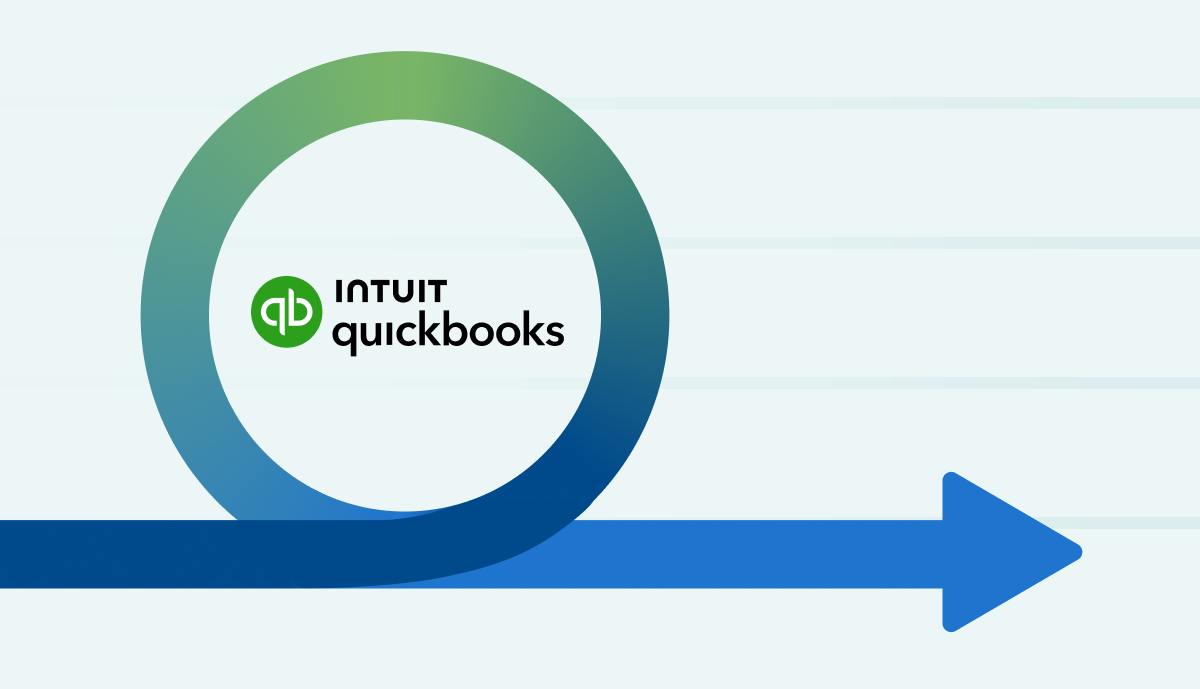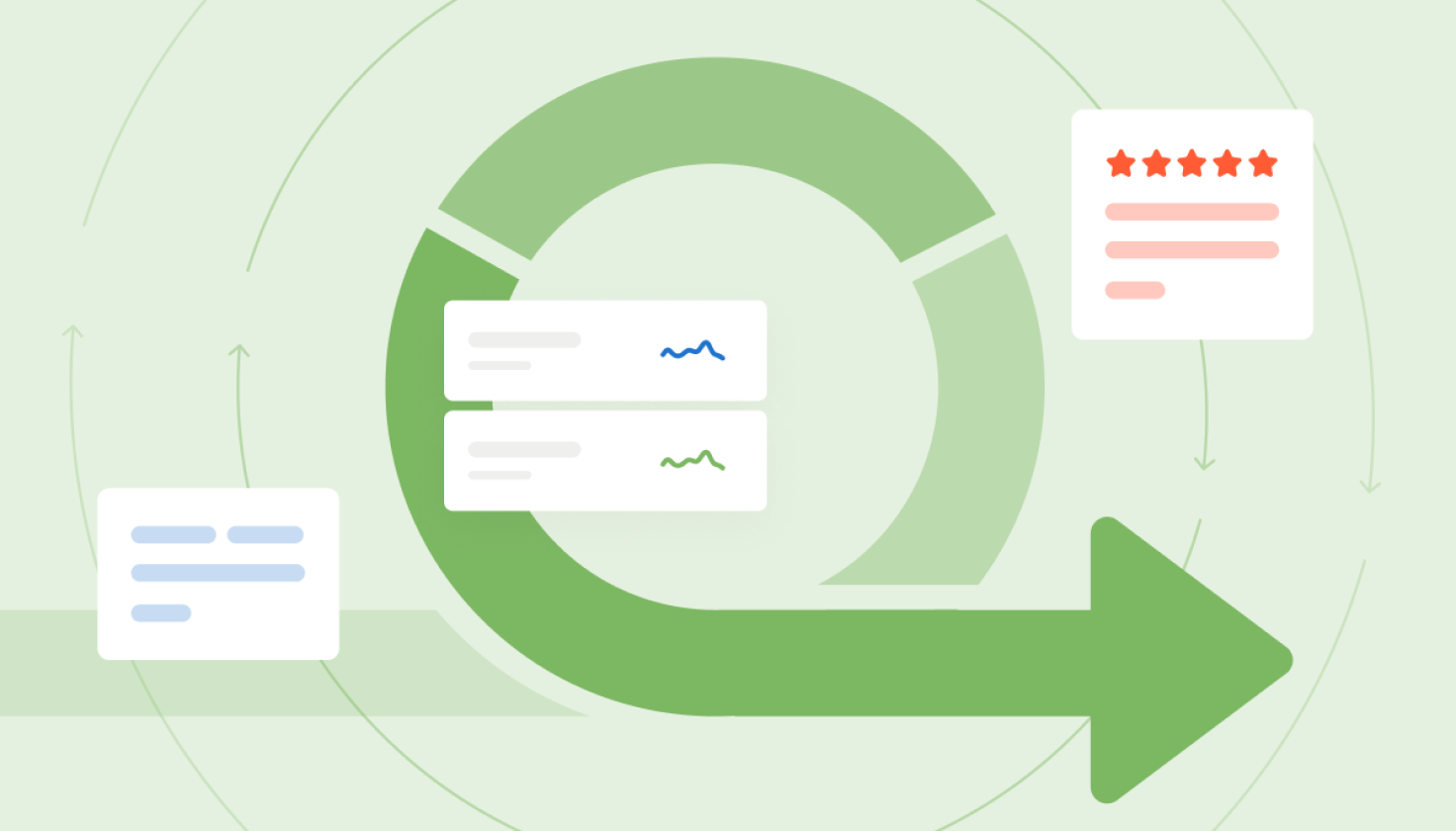It’s a common misconception that the more sophisticated the business, the more complex the tools are that support it. The truth is professional services firms of all sizes see success in scaling their business with a QuickBooks PSA integration.
However, a challenge firms face is not configuring QuickBooks the right way. This can lead to issues like prematurely thinking you’ve outgrown QuickBooks, teaming up with the wrong partners, or assuming your firm needs a custom solution.
In this article, we’ll share our best practices for setting up QuickBooks properly and how integrating it with PSA (Professional Services Automation) software can allow your professional services firm to scale sustainably without the need for ERP software.
Think You’ve Outgrown QuickBooks? Don’t Make These 3 Mistakes
The misconfiguration of QuickBooks is a common roadblock that companies face, obstructing their growth path. Over time, professional services firms may unintentionally misconfigure QuickBooks while trying to accommodate an increasing need for customization, resource constraints, or to save on costs. However, this can lead to unintended consequences, including operational inefficiencies, data inaccuracies, compliance risks, and costly corrections.
Below are three of the most common challenges we see firms experience who believe they’ve outgrown QuickBooks.
1. Premature Transition to ERP
Firms are often attracted to Enterprise Resource Planning (ERP) software for various reasons, such as the potential for streamlined work processes through the integration of multiple functions into a single platform, including CRM, expense tracking, project management, billing, and revenue recognition. This integration guarantees data consistency, offering a holistic view of business operations while reducing partnership-related issues and blame games, thanks to a single vendor relationship. However, the drawbacks greatly outweigh the perks of an ERP system. The faults of an ERP system include reduced flexibility as it caters to a generic “Jack of all trades” approach, neglecting the specific needs of each function. It also introduces a complex user experience, requiring extensive training. Moreover, the system can become very costly and resource-intensive, with implementation expenses from the software provider and a substantial demand for administrative resources.

2. Choosing the Wrong Partners
Another consequence of misconfiguration is that firms may pigeonhole themselves into external partners who can work with their atypical QuickBooks setup. This approach can lead to inefficiencies, unnecessary complexities, and potential compliance issues. It’s often more beneficial to collaborate with experts who understand industry best practices and can guide the firm in configuring QuickBooks correctly. This way, operations can run more smoothly, and compliance requirements can be met with confidence.
3. Seeking a Custom Solution
In certain cases, professional services firms wrongly assume that their unique requirements demand a custom or bespoke financial solution. However, properly configured QuickBooks can often be tailored to meet specific needs without the complexities and high costs associated with custom solutions.
How PSA Software + QuickBooks Integration Achieves ERP Benefits
Integrating PSA software with QuickBooks doesn’t just enhance operational efficiency, it also offers ERP-like advantages without the complexity and costs associated with a full-scale ERP implementation.
Here’s how a QuickBooks and PSA software integration achieves ERP-like benefits without the complexity and cost:
Purpose-Built Solutions for Specific Business Workflows
Integrating PSA software and QuickBooks creates custom solutions for specific business workflows, unlike inflexible ERP software that usually uses a one-size-fits-all approach and might not address individual needs. With this integration, staff can work comfortably in their existing systems without needing to reinvent processes. This not only makes operations more efficient but also helps with hiring and training new employees who are most likely already comfortable using QuickBooks.
Preventing Data Silos for Strategic Decision Making
The bi-directional integration between PSA software and QuickBooks not only prevents data silos but also streamlines data flow, starting with pulling sales opportunities and creating jobs in your PSA software. This triggers the seamless transfer of information to QuickBooks, significantly cutting down on wasted administrative time spent reentering data. In addition to saving time, this integration enhances data integrity and accuracy. Decision-makers can confidently rely on the most recent data, similar to the data management advantages associated with ERPs while avoiding the complexity and other downsides of the software.
Streamlined Financial Management for Better Billing Accuracy
One of the key benefits of this integration is streamlined financial management. By incorporating financial project data with PSA software, the invoicing process becomes highly automated, resulting in greater billing accuracy. This saves time and ensures that financial operations are performed with precision, reducing the risk of errors.
Quicker Project and Staff Reporting for Informed Decision-Making
When data flows seamlessly not only to QuickBooks from your PSA software but the other way around, it results in faster and more actionable reporting for your project and staff managers. This means you can easily check if a client has paid an invoice before your status meeting, facilitating discussions about any outstanding invoices. It all comes down to choosing the right PSA software to pair with QuickBooks, eliminating the need for the time and cost investment typically associated with ERP software.

How to Set Up Service Items in QuickBooks to Scale
In QuickBooks, service items are essential features that categorize and track the services provided by a business to its clients or customers, simplifying tasks such as invoicing, expense tracking, and financial reporting. Effectively managing these service items is crucial when it comes to growing your professional services firm, as they play a pivotal role in integrating PSA software with your General Ledger (GL) and ensuring a streamlined financial process.
Let’s get into the key aspects of managing service items:
The Flexibility of Service Items
One of the advantages of service items is their flexibility. They can be linked to multiple accounts or a single revenue account, depending on your firm’s needs. This adaptability allows you to allocate revenue comprehensively or maintain a more simplified approach based on your specific reporting requirements.
Service Items vs. Rate and Project Management
It’s important to distinguish the role of service items from the management of rates and project-specific details. Service items are not intended for managing rates in place of project or sub-customer records. Rather, their primary function is to categorize and standardize the services offered, which in turn simplifies financial reporting.
Keeping the Service Item List Limited
To maintain efficiency in your financial operations, keep your list of service items limited in scope. While they play a crucial role in categorization and reporting, they should not be overly granular. For more detailed aspects of rate management and project-specific information, integrated solutions should take the lead. This division of responsibilities ensures that your financial operations remain efficient while allowing for the scalability and adaptability needed to support your professional services firm’s growth.
How to Set Up Classes in QuickBooks to Scale
In QuickBooks, “classes” are a feature used for categorizing transactions and organizing financial data. They help businesses segment their income and expenses into different categories, such as departments, projects, or types of work. This allows for better tracking, reporting, and analysis of financial information, making it a valuable tool for businesses to gain insights into their financial performance and improve financial organization.
In addition to organizing financial data, QuickBooks classes play a crucial role in helping firms scale by providing a structured method for tracking and analyzing financial performance across various segments of the business.
Let’s get into the significance of classes in QuickBooks and explore effective strategies for their utilization:
Sub-P&L Analysis with Classes
One unique capability of classes in QuickBooks is their ability to facilitate the creation of sub-profit and loss (P&L) statements. This feature enables you to drill down into specific segments of your business to analyze their financial performance in more detail. It’s a powerful tool for obtaining a clearer picture of your business’s financial health.
Effective Usage of Classes
To harness the full potential of classes, they should be used for categorizing either the type of work being performed or the individuals responsible for the work. This flexibility allows for a customized approach to organizing your financial data based on what makes the most sense for your business.
Classes vs. Other QuickBooks Features
It’s important to understand that while classes are a versatile feature, they should not be used as replacements for other critical QuickBooks elements. Classes should not substitute for dedicated projects, staff records, vendor records, or other list values, as doing so can lead to complications and frustration, particularly when seeking integrated partners.
How to Vet a Trusted PSA Software Integration Partner
Choosing a reliable PSA software integration partner is an important step for growing professional services businesses. However, with so many options out there, it can be an overwhelming search. In our Buyer’s Guide: How to Choose the Best PSA Software for Your Business, we outline all of the key steps to take and questions to ask when evaluating vendors and provide you with a helpful evaluation template to use in your own research.
While there are many things to consider when properly vetting a PSA software vendor and their QuickBooks integration, be sure to keep these 3 key areas in mind.
1. Focus on Cross-Functional Workflows and Ask the Right Questions
In your assessment, pay close attention to cross-functional workflows. This involves asking critical questions about the data’s origin and how it seamlessly moves from one function to another without redundancy. A well-designed integration should optimize data flow, eliminating duplication and enhancing operational efficiency.
2. Research Vendor Credibility with the Integration
When researching, it’s important to look into the integration’s track record and its longevity in the market. Additionally, gather information on the percentage of clients currently utilizing the integration. A higher adoption rate often indicates the integration’s adaptability and effectiveness.
3. Evaluate Support Options and Approach
Effective support and issue resolution are essential to a successful integration partnership. Understand how the integration partner handles data synchronization issues and the procedures in place to diagnose and solve problems. Transparency on issue ownership is essential. Well-defined support options and a structured troubleshooting approach ensure timely and efficient issue resolution, minimizing disruptions to your operations.
How BigTime + QuickBooks Can Support Your Firm’s Goals
When you combine QuickBooks with BigTime, it becomes even more powerful. This integration helps firms work more efficiently, stay on top of their finances, and manage projects and clients effectively, leading to better profits and happier clients.
As an official Intuit-Integrated Application, BigTime seamlessly syncs with QuickBooks Online and Desktop. No re-entry, no reconfiguration — you’ll be up and running in just a few clicks.
Get a behind-the-scenes look at BigTime’s QuickBooks integration in our 60-second Integrated Systems Throughout a Project’s Life Cycle video below.

Frequently Asked Questions About QuickBooks PSA Integration
Is QuickBooks PSA integration complicated to set up?
While it requires proper configuration, working with experienced integration partners can simplify the process. The complexity may vary depending on the specific needs of your firm.
What are the benefits of integrating PSA software with QuickBooks?
Integrating PSA software with QuickBooks streamlines financial management, accelerates reporting, and eliminates data silos. This results in improved data accuracy, enhanced user experience, and cost efficiency, providing businesses with ERP-like benefits without the complexity and expense of traditional ERP systems.
What are the downsides of an ERP system?
ERP systems are known for their complexity, which can require extensive training and hinder staff buy-in. They also often come with high implementation costs and resource-intensive administration, making them less suitable for some businesses.




